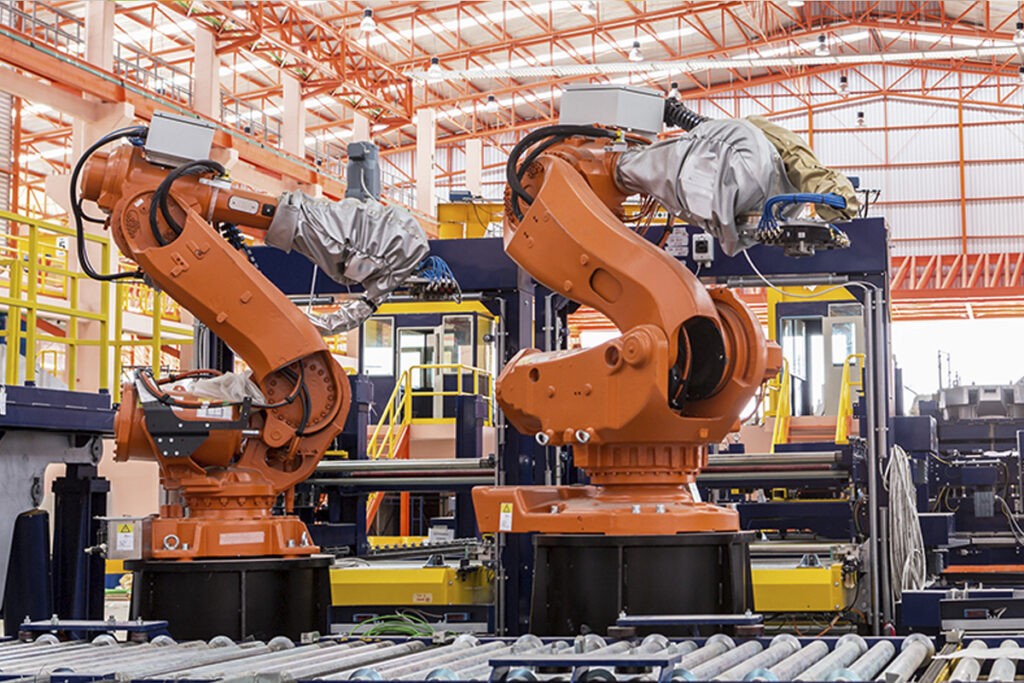Augmented Reality (AR) has become an increasingly popular technology in recent years, with its applications spanning from entertainment and gaming to education, healthcare, and more. In this blog, we will delve deeper into what AR is, how it works, its various applications, and its future potential.
What is AR?

AR is a technology that superimposes computer-generated images, text, and other information onto the real world. It differs from Virtual Reality (VR) in that it does not create an entirely new digital environment but instead enhances the existing physical world. AR combines real-world objects with digital information to provide users with an interactive and immersive experience.
How does AR work?
AR technology uses a camera, sensors, and algorithms to detect and track physical objects in the real world. Once an object is identified, the AR software overlays digital content on top of it. This digital content can include anything from text, images, videos, and 3D models.

There are three main types of AR:
- Marker-based AR:
This type of AR uses markers or physical objects as reference points to anchor digital content onto the real world. When the camera detects the marker, it triggers the AR content to appear on top of it.
- Markerless AR:
This type of AR uses computer vision algorithms to detect and track real-world objects without the need for a marker. The AR content is overlaid on top of the detected object.
- Projection-based AR:
This type of AR uses projectors to overlay digital content onto real-world surfaces, such as walls or floors.
Applications of AR :
- Entertainment:
AR has become increasingly popular in the gaming industry, with games such as Pokemon Go and Harry Potter: Wizards Unite using AR to create an immersive gaming experience.
- Education:
AR has the potential to revolutionize the way we learn by providing interactive and immersive experiences. AR can be used to enhance traditional teaching methods by providing visual aids, 3D models, and interactive simulations.
- Healthcare:
AR has several applications in healthcare, from medical training to patient education. AR can be used to create virtual models of the human body, which can be used to teach medical students and assist in surgical planning.
- Marketing:
AR can be used to create interactive and engaging marketing campaigns. AR can be used to overlay digital content onto physical products, allowing customers to see how the product looks or works before purchasing.
- Navigation:
AR can be used to provide real-time navigation instructions, overlaying directions onto the real world as the user moves.
The future of AR :
The potential applications of AR are vast, and the technology is still in its early stages. As AR technology continues to improve, we can expect to see even more innovative applications in the future. AR has the potential to transform the way we interact with the world around us, providing us with new ways to learn, work, and play. With the development of AR glasses and other wearables, we may soon see a world where AR is integrated seamlessly into our daily lives.

